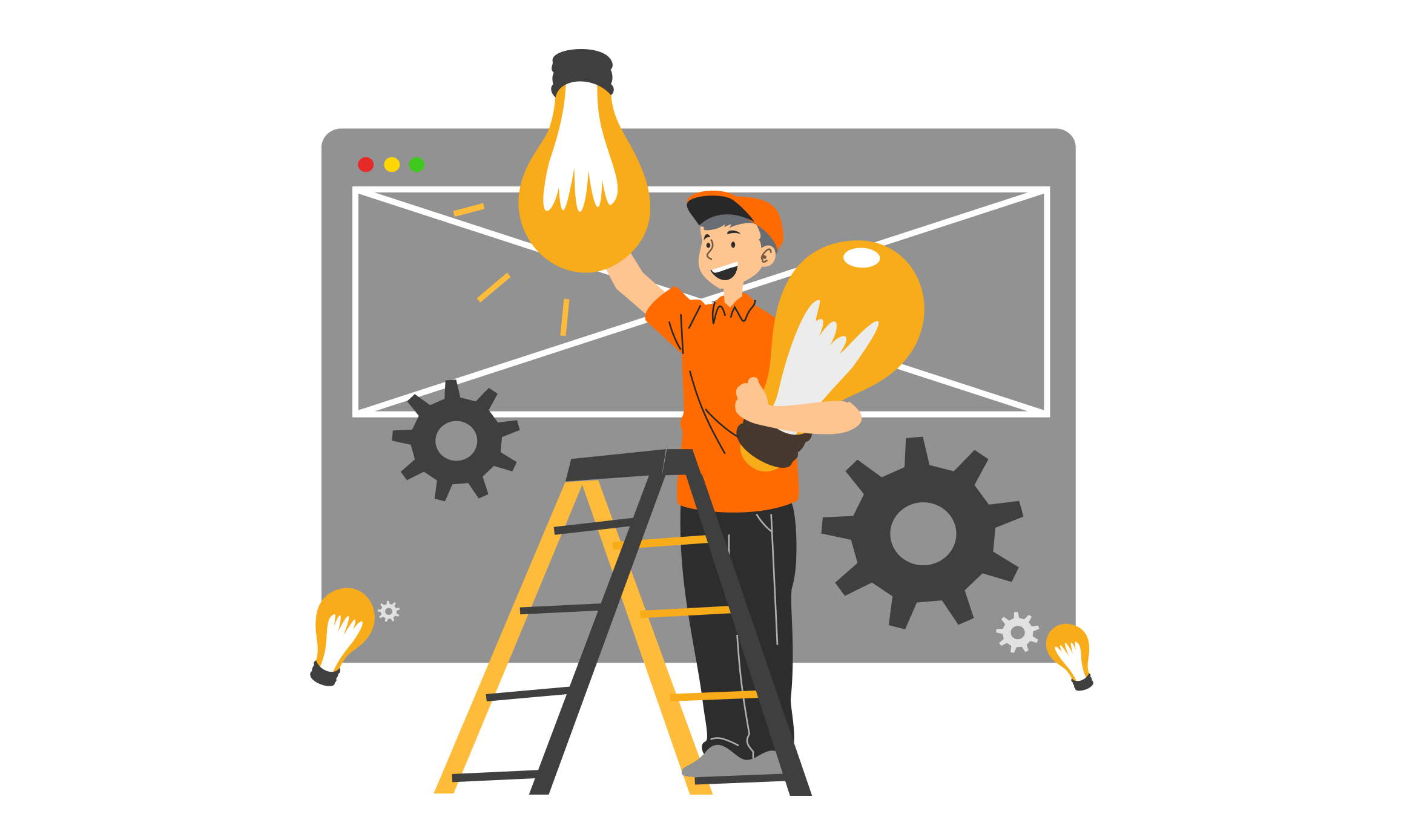Jul 25, 2023 • 2 min read
What are the common types of usability testing?

Usability testing is critical to evaluating the ease of use and user experience in a product or system. There are different methods that are commonly used to gather information and feedback on the interaction of users with a product. Here are some of the most common types. They are not before delving a little deeper into this definition.
What is usability testing?
Usability testing evaluates the ease of use and user experience in a product, system, or service. These tests involve observing and measuring how users interact with the product and collecting data on their performance, attitudes, and opinions. The main objective of these tests is to identify design and usability issues, understand the needs and expectations of users, and provide feedback to implement the necessary improvements.
During usability testing, users are assigned tasks or scenarios and asked to perform specific actions. Meanwhile, researchers observe and record their behavior. This may include observing how users navigate a website, fill out forms, interact with a mobile application or use an electronic device.
Some benefits of these testing methods include the following: they allow to identify design problems, such as navigation difficulties, confusion in the arrangement of the elements, unclear error messages or interaction problems. In addition, they help to understand how users perceive and experience the product, as well as to detect areas for improvement and opportunities for innovation.
In summary, usability testing is essential to ensure that products and systems are easy to use, efficient and satisfactory for users. By conducting usability testing, organizations can create more accessible, intuitive, and successful products, which in turn can lead to increased sales, user retention, and overall satisfaction. All thanks to informed decision making.
Common Types of Usability Testing
User Testing
User testing is one of the most direct and effective ways to evaluate the usability of a product. In these tests, users representative of the target audience are selected and asked to perform specific tasks while being observed by the researchers. This makes it possible to identify usability issues, understand users’ needs and expectations, and get direct feedback on their experience. Researchers can observe how users interact with the product, what decisions they make, what difficulties they encounter, and how they solve problems. In addition, questions and interviews can be conducted to gain a deeper understanding of the user experience. These tests are usually carried out in a controlled environment and can be face-to-face or remote.
Navigation tests
Navigation testing focuses on evaluating the ease of movement and navigation within the product. Users must find information, make a purchase, or complete an action, and their performance is recorded. During these tests, researchers look at whether users can quickly find desired information or functions, get lost in the navigation structure, or have trouble moving from one page or section to another. This provides valuable information about the information architecture, the layout of navigation elements, the clarity of labels and links, and the overall orientation of the design.
Prototype usability testing
Prototype testing involves the submission of simulated or incomplete versions of the product to evaluate specific aspects of design or functionality. Prototypes can be low or high fidelity, meaning they can vary in their level of detail and visual finish. These tests are used to obtain early feedback from users before developing the final product. Researchers can observe how users interact with the prototype, what they understand, and what areas generate confusion or difficulties. The feedback gathered in these tests allows the design to be iterated and refined before full implementation.
Accessibility testing
Accessibility tests assess whether a product is accessible to people with disabilities or special needs. These tests are based on accessibility guidelines and standards, such as WCAG, and focus on ensuring that the product can be used by people with different abilities. Researchers can simulate the experiences of users with visual, hearing, motor, or cognitive disabilities using assistive technologies, such as screen readers, alternative input devices, or contrast and font size adjustments. These tests identify accessibility barriers and make improvements to ensure the inclusion of all users.
Task time tests
Task time testing measures the time it takes for users to complete specific tasks within the product. These tests evaluate how efficiently and quickly users can achieve their goals. Researchers record the time it takes users to complete each step of the task and can identify bottlenecks, frictions or difficulties that may hinder the process. This provides valuable insights into workflow efficiency, information organization, and user interactions. By comparing task times between different designs or iterations, you can determine which one offers a smoother and more efficient experience.
Usability testing through interviews and questionnaires
In addition to direct interaction tests, interviews and questionnaires are key tools for gathering information about user experience. Interviews allow you to ask open-ended questions and delve into users’ perceptions, emotions, needs and desires. Researchers can get detailed qualitative feedback, understand usage texts, and uncover aspects that might have gone unnoticed in other tests. Questionnaires, on the other hand, make it possible to collect quantitative data and obtain a more generalized view of opinions, preferences and frequency of use. These tools complement direct interaction testing and provide a more complete view of the user experience.
Eye-tracking tests
Eye-tracking tests use eye-tracking technology to record and optimize users’ eye movements as they interact with the product. This technology allows us to understand how users focus their attention and which visual elements attract their gaze the most. Researchers can identify patterns of attention, areas of distraction, or trouble spots in the interface. These tests provide valuable information on the effectiveness of visual arrangement, information hierarchy, readability of elements, and overall visual attraction. Eye-tracking can reveal insights into how users interact with visual design and how it can be optimized for a better experience.
These different types of usability testing offer varied approaches to gathering information about users’ interaction with a product. By using a well-designed combination of these methods, researchers can gain a more complete and accurate view of usability and user experience, allowing them to make effective improvements in product design and functionality.
Book a consultation
Let's start some incredible projects.
Let's innovate together!









